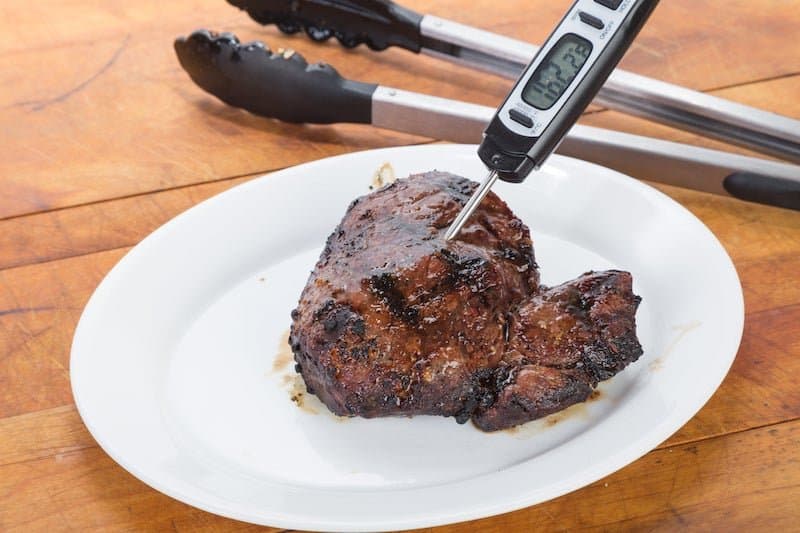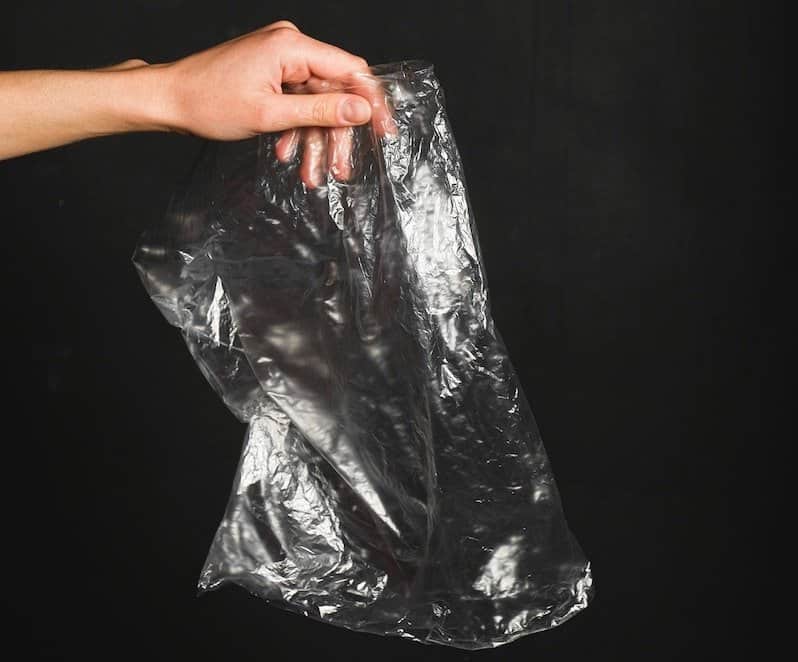Can Sous Vide Bags Be Reused?
Many people are taking a second look at sous vide cooking in an era of new environmental awareness and more restrictions on single-use plastics.
Since it’s traditionally been done in vacuum-sealed or zip lock bags, people wonder if sous vide cooking is bad for the environment or if there is a way to reduce the use of plastic when using immersion cooking techniques.
Let’s take a closer look at reducing plastic in sous vide cooking and whether sous vide bags can be reused.
Why Should I Consider Reusing Sous Vide Bags?
Traditional sous vide cooking calls for single-use plastic bags, sealed with all air removed to keep water from mixing with the food in the bag.
For people who are reducing their plastic waste, a cooking technique that requires so much plastic may be concerning.
While we all need to do our part to reduce our use of plastic, it’s also worth mentioning that sous vide cooking often requires much less energy and can cost less compared to other cooking methods.
So even with the use of plastic, sous vide may be more environmentally friendly than it seems. And sous vide can be made even more sustainable by reducing and recycling sous vide bags.
Are Sous Vide Bags Reusable?
You can generally reuse sous vide bags that have been previously used for fruits, vegetables, and sauces, but do not reuse sous vide bags that have been used to hold raw meat, fish, or eggs. That’s the most straightforward answer, but there are a lot of factors to consider.
Cooking Temperature
While our most food-borne severe illnesses come from bacteria associated with meat and eggs, there are instances where vegetables have carried unwanted bacteria as well.
Foods should always be cooked at 140°F (60°C) or more to kill undesirable bacteria. This means that the food’s interior needs to reach 140°F (60°C) and remain at that temperature for several minutes.
It’s always good to check the FDA guidelines for your specific food to ensure you are cooking it safely.

Effective Cleaning
If you plan to reuse sous vide bags, it’s essential to not just clean but sterilize them between uses. One of the most effective ways to sterilize a plastic bag is to wash it with soap and hot water, then create a solution of one part bleach to ten parts water. Fill the bag with the bleach solution, let it soak for 2 minutes, and then empty and rinse the bag. Make sure that sous vide equipment never comes in contact with bleach.
While these methods make reusing sous vide bags safer, your bags are not guaranteed to be clean and free of pathogens.
There are a considerable number of food-borne bacteria, which favor different temperatures and environments, and a wide variety in the ways people cook and clean in their kitchens, so it’s impossible to guarantee that any process is safe and fool-proof.
Here are some other ways to reuse sous vide bags with less risk of pathogens.
Creative Reuse
Another way to safely reuse sous vide and other plastic bags is to not just reuse them but repurpose them.
For example, you might use a sealable plastic bag for baked goods for lunches a few times, then (washing it in between, of course) use it for sous vide vegetables a few times, and use that same bag for meat only once, before discarding or recycling it.
You might reuse sous vide bags that have contained meat or fish to replace non-food single-use plastic bags, like those used for pet waste.
Purchase Reusable Bags
There are many varieties of durable silicone sous vide bags that are designed to be cleaned and are sturdy enough to be reused without too much risk of breaking or leaking.
Many of these bags are dishwasher safe and can be used thousands of times. They contain no harmful chemicals, can be used in sous vide, a freezer, and a microwave, and will last for years. These bags are an excellent solution for replacing single-use plastics when you sous vide.
Keep in mind that even the sturdiest plastic bags, diligently cleaned, may eventually become discolored or hold on to odors, so they will ultimately need to be recycled or discarded and can’t be used indefinitely.
Here are my 3 favorite reusable sous vide bags:
- Stasher 100% Silicone Food Grade Reusable Storage Bag
- SousBear Sous Vide Bags
- Savour Sous Vide Cooking Bags
How to Sous Vide Without Plastic Bags (Using Glass Instead)
If you want the benefits of sous vide without using any plastic, there is another method. Many people are using sous vide cookers and techniques, but using mason jars instead of plastic bags. This isn’t a perfect solution because plastic bags allow you to remove air, which helps food cook more evenly, and the thin walls of plastic or silicone bags transmit heat more quickly.
Using sous vide or immersion cooking with mason jars doesn’t work well for all foods and often requires adapting recipes for this method.
However, mason jars are a fantastic way to sous vide baked goods, soups, sauces, preserves, beans, and other sous vide foods that call for a lot of liquid.
Mason jars benefit from being easy to clean and sterilize, resistant to stains and odors, and environmentally friendly. Many people are now creating sous vide recipes specifically for mason jars, so it’s easier than ever before.
In Summary
Ultimately, the best sous vide cooking does call for the use of plastics in many instances. However, there are ways to reduce the environmental impact of sous vide cooking.
You can reuse plastic bags when it is safe to do so, being creative with your reuse of plastic in general, and opting for more durable options, like silicone bags or glass mason jars.
And because sous vide cooking requires less energy than stovetop cooking, it is a more environmentally friendly and sustainable cooking method than many alternatives.








